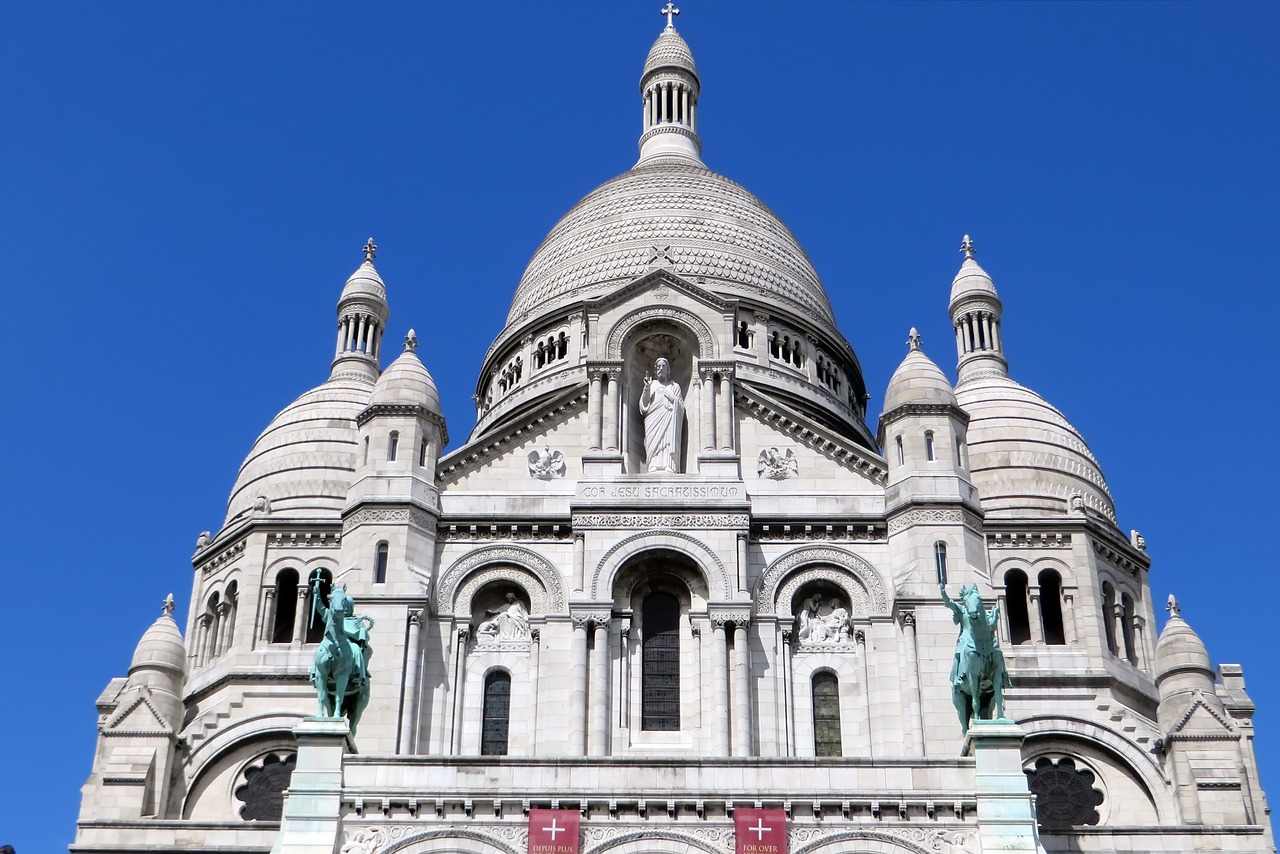Introduction
Sacred places hold deep cultural, spiritual, and historical significance for communities across the globe. These sites, ranging from ancient temples and mosques to natural landscapes revered by indigenous peoples, play a vital role in the spiritual and cultural identity of many societies. However, increasing threats such as tourism, urbanization, environmental degradation, and climate change endanger these sites. Preserving sacred places is essential not only for cultural heritage but also for future generations to experience and understand their significance. This guide explores key strategies to safeguard these invaluable locations.
Understanding the Importance of Sacred Places
Sacred sites vary widely in form and function, but they all share a common trait: they are deeply meaningful to the people who revere them. Examples of sacred places include:
- Religious structures: Temples, churches, mosques, and synagogues (e.g., Angkor Wat in Cambodia, the Vatican in Italy, the Great Mosque of Mecca in Saudi Arabia).
- Natural sacred sites: Mountains, rivers, and forests considered holy (e.g., Mount Kailash in Tibet, Uluru in Australia, the Ganges River in India).
- Historical pilgrimage sites: Places visited by spiritual seekers and pilgrims (e.g., Santiago de Compostela in Spain, Bodh Gaya in India).
Each of these sites contributes to the cultural diversity and historical depth of human civilization. Protecting them ensures that their legacy endures for generations to come.
Major Threats to Sacred Places
Despite their significance, sacred places face numerous challenges that threaten their preservation:
- Mass tourism: High visitor traffic leads to physical deterioration, littering, and cultural insensitivity.
- Urbanization and development: Expansion of cities often encroaches on sacred lands.
- Climate change: Rising temperatures, floods, and other environmental changes can damage these sites.
- Neglect and vandalism: Lack of proper maintenance and acts of vandalism can degrade their condition.
- Religious and political conflicts: Disputes over control and ownership can lead to destruction or restricted access.
Addressing these issues requires a multi-faceted approach that includes sustainable tourism, legal protections, and community engagement.
Strategies for Preserving Sacred Places
1. Promote Sustainable Tourism
Unregulated tourism can erode the physical and spiritual integrity of sacred sites. Sustainable tourism practices can help balance accessibility with conservation:
- Implement visitor caps and timed entries.
- Educate tourists about the cultural and spiritual significance of the site.
- Encourage eco-friendly behavior, such as waste reduction and respectful photography policies.
2. Strengthen Legal Protections
Governments and international organizations play a crucial role in protecting sacred places. Legal measures include:
- Designating sites as UNESCO World Heritage Sites to ensure global recognition and protection.
- Enforcing strict land-use regulations to prevent urban encroachment.
- Penalizing acts of vandalism and unauthorized alterations.
3. Involve Local and Indigenous Communities
Many sacred places are maintained by indigenous or local communities. Their involvement in conservation efforts is essential:
- Support traditional practices that sustain the site.
- Engage local leaders in decision-making processes.
- Provide economic incentives, such as community-run tourism initiatives, to encourage preservation.
4. Utilize Modern Technology for Conservation
Technological advancements can aid in documenting and preserving sacred places:
- 3D mapping and virtual tours: Allow digital preservation and wider access without physical impact.
- Remote sensing and monitoring: Detect environmental changes that may threaten the site.
- AI-driven restoration efforts: Assist in reconstructing damaged structures.
5. Raise Awareness and Advocacy
Public awareness campaigns play a vital role in preservation:
- Organize cultural events and educational programs.
- Use social media to spread awareness and engage global audiences.
- Partner with environmental and heritage organizations to amplify efforts.
Conclusion
Preserving sacred places requires a collaborative approach involving governments, local communities, tourists, and conservationists. By promoting sustainable tourism, enforcing legal protections, integrating modern technology, and fostering community involvement, we can ensure that these cultural and spiritual landmarks remain intact for future generations. Everyone has a role to play in protecting the world’s sacred sites—through awareness, respect, and active participation, we can contribute to their longevity and continued significance.
Sacred Christian Pilgrimage Organization is a non-profit organization devoted to inspiring spiritual growth through Christian pilgrimage. We create content to guide and support individuals on meaningful journeys of faith.





